Affiliate links on Android Authority may earn us a commission. Learn more.
Dual cameras are a boon for manufacturers, but are they worth the hype?
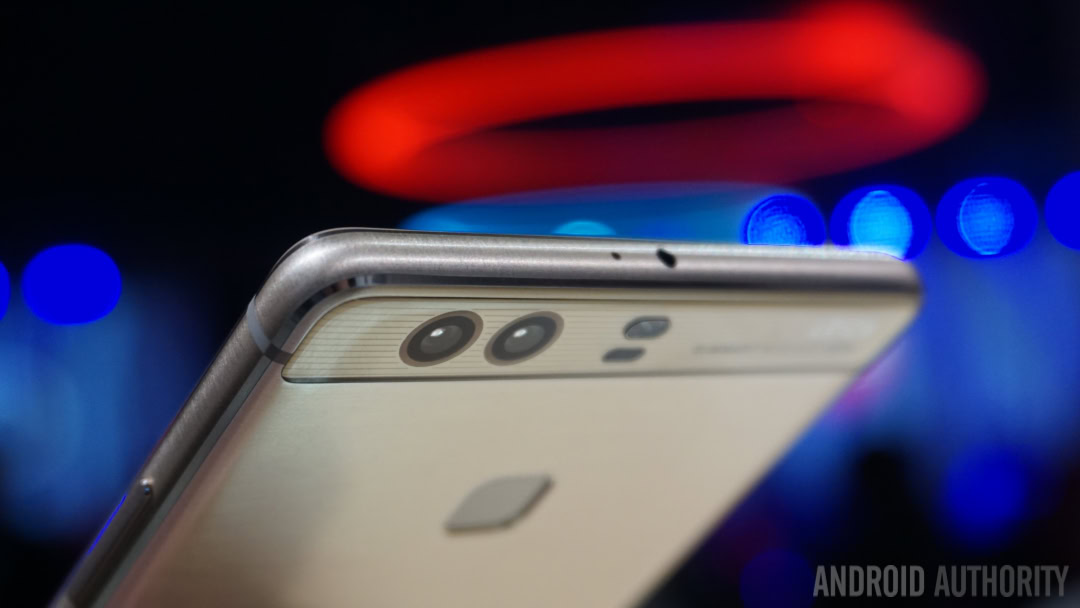
Dual cameras have found a home in some of today’s high-end smartphones and 2017 is already seeing a line-up of new devices equipped with or expected to sport the cutting edge photography technology. As with all new pieces of technology, we’re also likely to see dual cameras trickle further down into the mid-range too. HUAWEI’s HONOR range is already there. But should we immediately leap at this technology over single sensor alternatives?
Smartphone processors are, perhaps surprising, the key to supporting dual cameras in lower cost smartphones. HiSilicon’s mid-range Kirin 665 supports dual ISP technology, as does Qualcomm’s Snapdragon 617 and above, and the company’s low-end Snapdragon 425 through to 435. This is essential especially in low cost phones, as this means that OEMs can connect up their image sensors and perform the necessary processing with full support of the SoC, removing the need for additional hardware and costs.
One of the most important aspects of MediaTek’s Helio P25 announcement a couple of weeks ago was support for dual camera setups. The P25 supports either a single 24 megapixel sensor or two 13 megapixel components. In theory, this means that we could see something similar to the upcoming LG G6’s 2x 13MP cameras come to a phone that costs half the price. It’s unlikely that every mid-range phone will boasts dual cameras, but the tech trends are certainly pointing to increased adoption.
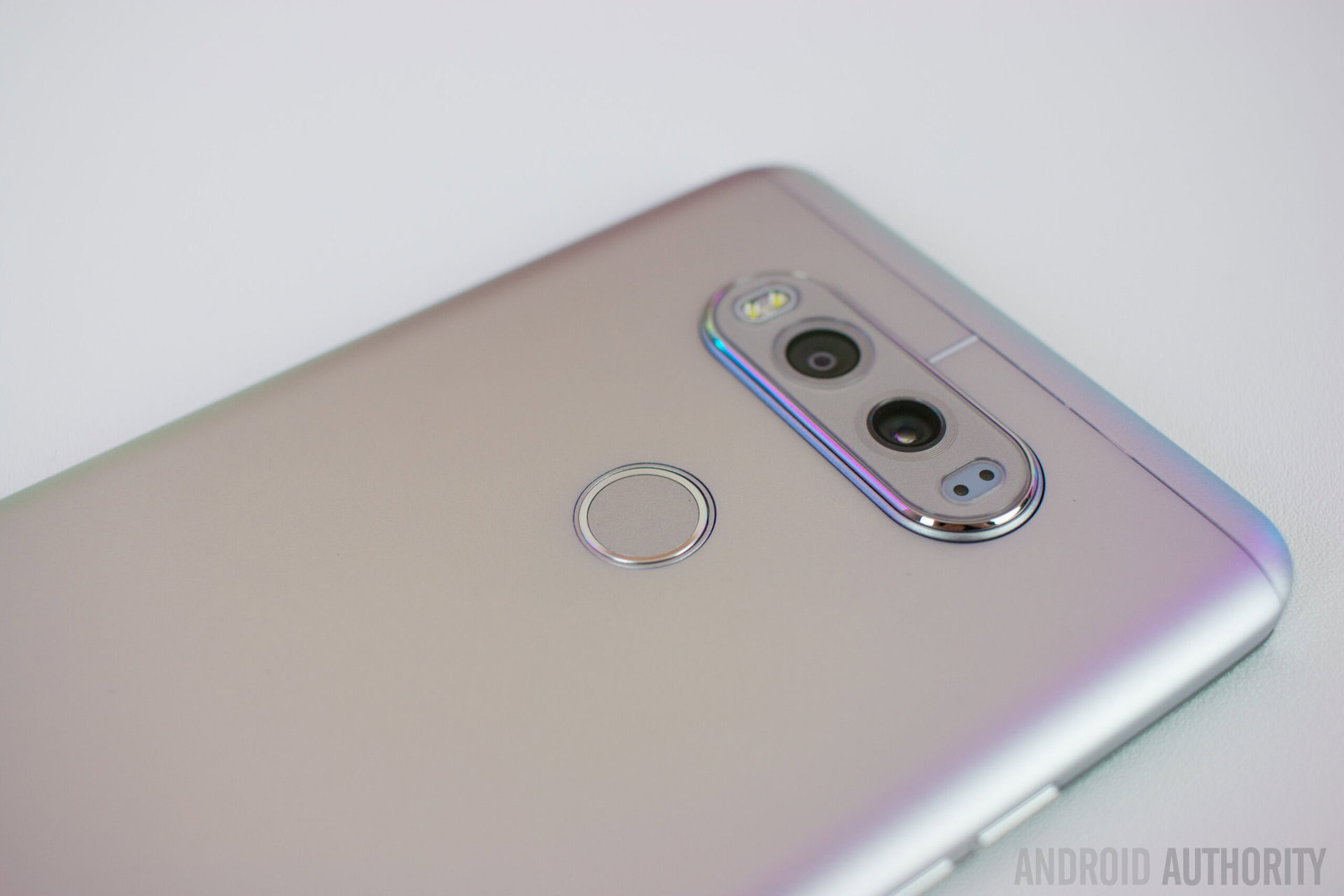
While this trend is certainly seeing SoC manufacturers cater to growing demand for new and improved camera technology, the biggest commercial benefactors are those building dual camera arrays. LG Innotek posted a record breaking 117.8 billion won ($103 million) in Q4 2016 after supplying components for Apple’s iPhone 7 Plus.
Based on analyst estimates, some 19 to 20 percent, or 1-in-5 of all smartphones sold this year will feature dual cameras.
Meanwhile, Samsung Electro-Mechanics is supplying components to a number of smaller Chinese tech firms, including Xiaomi and LeEco. The company is also said to be in talks with HUAWEI, OPPO, and vivo. Samsung Electro-mechanics’ Chinese sales are expected to increase 108 percent from 312 billion won in 2016 to 649 billion won this year.
Counterpoint research suggests that sales of smartphones sporting dual cameras will rise more than 400 percent on-year to reach 300 million units in 2017. This could account for 19 to 20 percent, or 1-in-5 of all handset shipments this year, based on smartphone shipment forecasts. That’s certainly a huge jump in market adoption in a very short space of time.
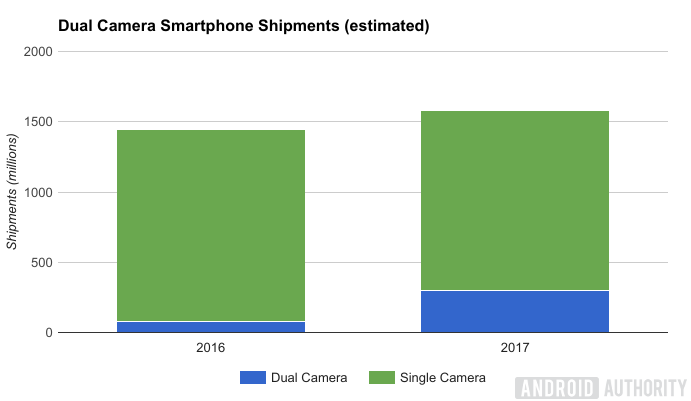
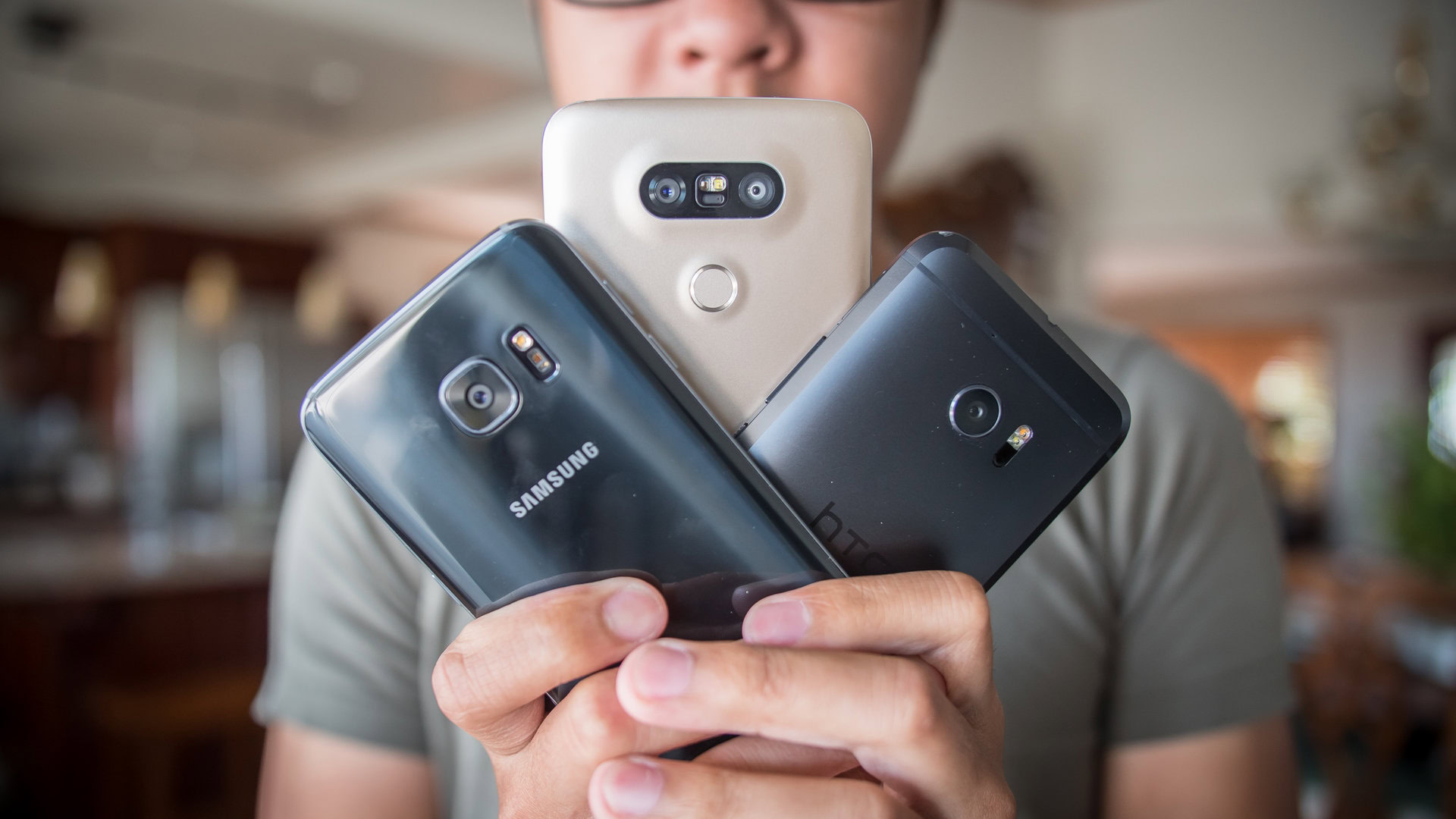
Hype vs reality
The industry seems pretty convinced that dual camera technology is the way forward, but we should be careful to ensure that we, the consumer, aren’t being duped by just another megapixel war. At the moment, dual cameras are touted as improving image quality though some clever software tricks, and offer a few unique features, such as optical zoom or wide angle shooting options. But there are still plenty of unanswered questions.
For starters, are dual cameras really improving image quality as much as we are being led to believe? While the dual camera phones that we’ve seen so far have produced very good results, they haven’t provided huge, generational boosts to image quality. In fact, DxOMark’s list of the best smartphone cameras mostly contains single sensor devices; the Google Pixel, HTC10, Galaxy S7 edge, Xperia X Performance, and Moto Z Force Droid. Apple’s iPhone 7 and the LG G5 only appear at positions nine and ten.
DxOMark's list of the best smartphones mostly only have a single rear camera. Apple's iPhone 7 and the LG G5 only appear at positions nine and ten.
One of my personal issues with the dual camera trend is whether or not the extra space and cost of a dual sensor setup is actually worth it when compared with a larger single sensor with bigger pixels. Unfortunately this isn’t something that we can easily test side by side, but large single CMOS sensors in DSLR cameras still provide the best looking shots.
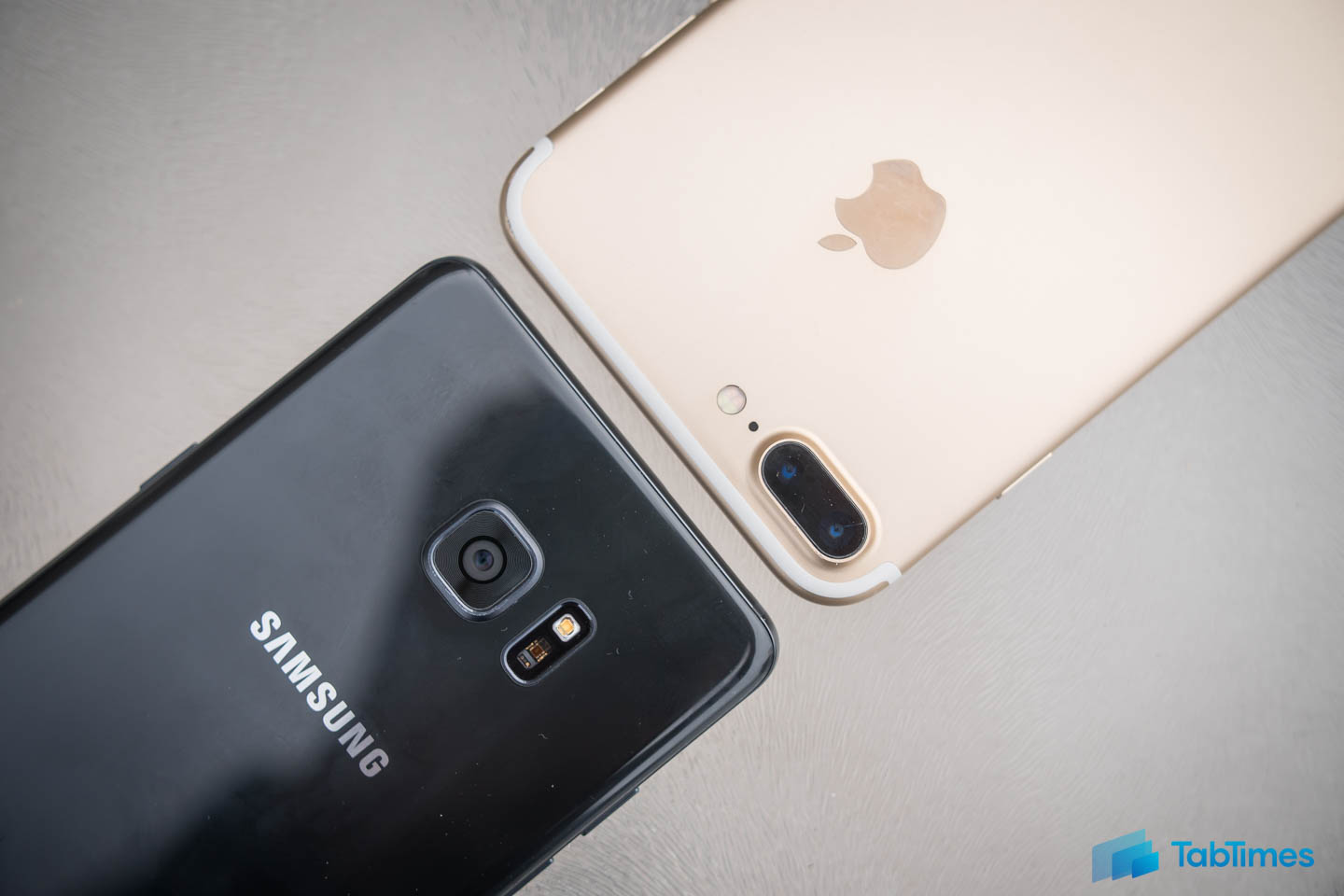
Instead of pure image quality enhancements, dual camera handsets are currently more worth the investment for their unique features. The iPhone 7 Plus and HUAWEI Mate 9 tout enhanced zoom capabilities, while the LG G5 and V20 allow for wide angled shots and videos. While certainly nice to enhance your range of pictures, these features probably aren’t essentials for many consumers. HUAWEI’s RGB monochrome setup also offers black and white shots directly from the sensor, but again, it’s a bonus rather than a major selling point.
Huawei, Apple and others have also implemented interesting software based depth-of-field blur effects with their camera technology, which aims to emulate the bokeh available thanks to adjustable apertures with DSLR cameras. Fixed lens phones don’t have this sort of flexibility, so dual sensor and software tricks can help to close that feature gap. For day to day shots, this again isn’t going to be high on many consumers’ priority list, but it is a boon for those looking to get more creative with the camera in their pocket.
[related_videos align=”center” type=”custom” videos=”743838,700557,720480,684693,715189″]
The best is still to come
While there’s definitely some demand for these new options and no reason not to embrace them, dual camera technology, in its current form, has not massively changed the core capabilities and performance of smartphone cameras.
Of course, dual camera technology is still in its relative infancy and a number of interesting developments are still taking place in the market that could yet make it a superior technology in the long run. We’ve previously taken a look at Corephotonics’ dual camera technology, which promises impressive zoom capabilities, and the group recently paired up with Samsung Electro-Mechanics to launch a reference design with 3x optical zoom and enhanced low light capture capabilities.
We’ve also not talked about the potential for virtual and augmented reality too. Google’s Tango powered phones, such as the new ASUS Zenfone AR, make use of motion tracking and depth sensing cameras to create 3D maps of the environment. Dual camera configurations have the potential to help map our our environments, which could be used for superior tracking in virtual or augmented reality spaces in the not too distant future.
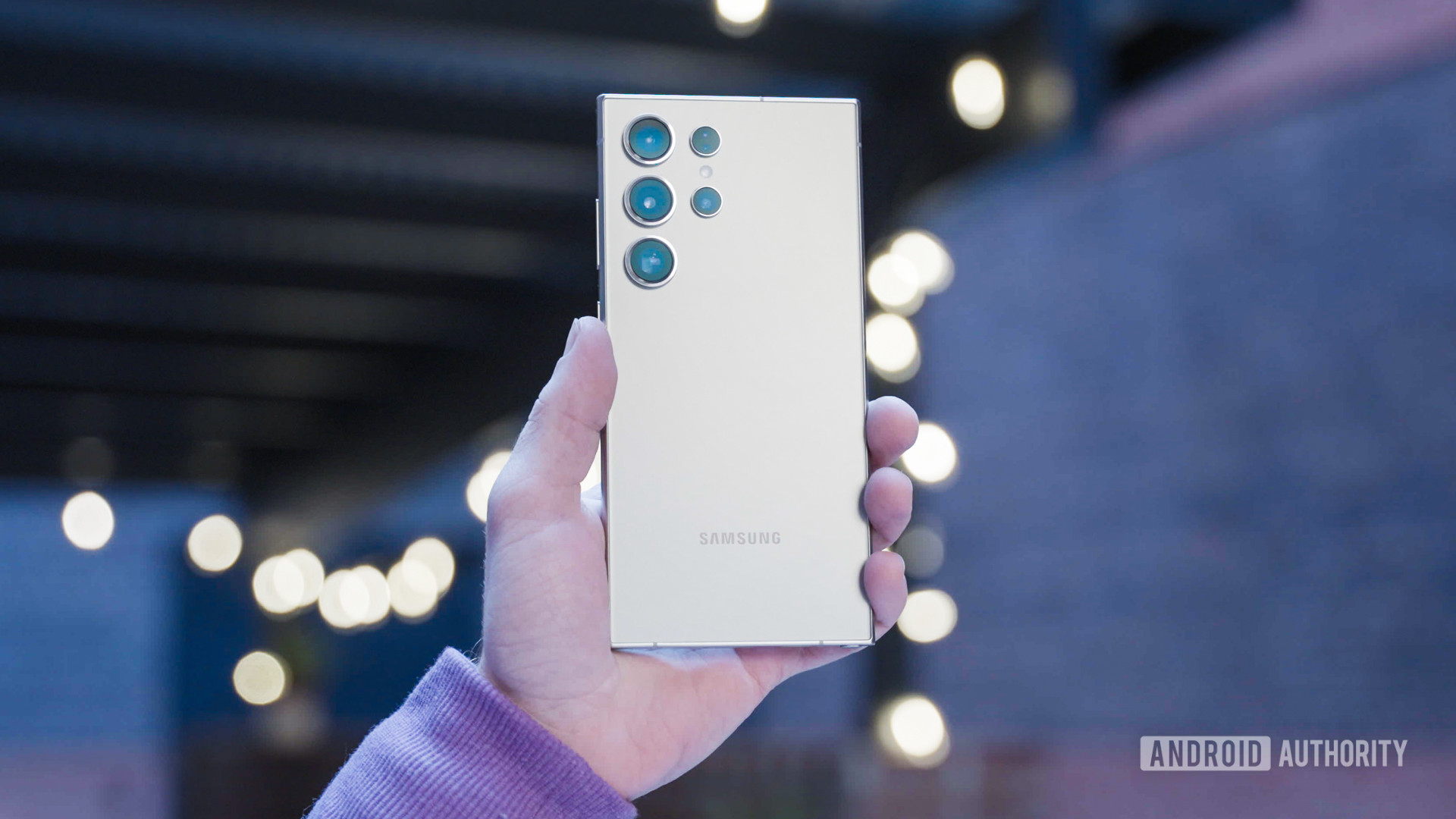
I’m excited to see what the LG G6 brings to the table in terms of new camera features, and if we’re going to see Samsung hop on the trend too. Are dual cameras on your list for most sought after features in 2017?